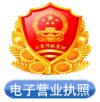BAU461 南京汤山旅游度假区南片区
中国,江苏省,南京市
科目
规划类型
城市规划设计城市
中国,江苏省,南京市时间
2011-2012名次
邀请竞赛,第一名业主
南京江宁规划局,南京汤山建设投资发展有限公司项目
16万人口的新城区规划及设计,其中包括旅游度假区rips in the fabric by place
introduction
Tangshan is within one of Nanjing’s new growth corridors, located on the northern periphery of the mega-city. It is famed for its ancient thermal springs and its mountains.
Currently, the site has pockets of urbanization emerging incoherently on a background of agricultural land, while the mountainside is under increasing pressure from hotel and luxury housing development.
escape, yes, but from what?
Cities are the most concentrated forms of what it means to live in a society. If we live on our own, on a tropical island, in a cabin hunting and gathering, we do not live in a society – although we surely be living within a collection of natural systems, some obvious, some not.
So when we say we need to get away for a while, what is it exactly that we want to escape from? For some city dwellers it may be both the good and the not-so-good of the city from which we want to escape: the challenge of living in a culture embedded in nature for long term mutual benefit AND those who are happy to exploit nature for short term gains; the excitement of cultural pluralism (high, pop, and alternative cultural opportunities) AND those that want to create hierarchies and cultural mobility and then a system of judgment; the promise of social independence (the ability be yourself) AND those who would manipulate society and nature in order to oppress those seen as different; the promise of equal opportunity for all (a city of equal opportunity not necessarily a city of equals) AND those who encourage profit for a few at the expense of an impoverished many.
For most city dwellers it is usually the negative aspects of cities we are keen to escape – exploitation of the nature, cultural hierarchies, oppression of difference, and the reward for the selfish.
fabric
BAU’s networks cities is the basis of this design proposition. networks cities provide an urban fabric that is based on a self-contained community structure that starts with Pedestrian Oriented Developments (PODs). These PODs are approximately 800m x 800m and have public transport, commercial activity, and highly desirable accommodation at the centre. Lower-cost accommodation is placed on the edge of the PODs. A spectrum from highly desirable to lower cost takes up the in-between areas. These PODs contain four neighbourhoods (approximately 400m x 400m) which themselves contain four mosaics of subculture (approximately 200m x 200m). Sites are allocated for public building locations and a fractal open space system responds to the three different levels of community structure (POD, neighbourhood, mosaic).
It has become useful to think of this fabric as being on a rubber sheet that can be stretched and squeezed horizontally and vertically to respond to existing roads, heavy rail, and water infrastructure, as well as topography. Heavy rail and large roads are located on the edge of the PODs, with smaller scale, more pedestrian friendly infrastructure placed within the PODs. In this way networks cites provide a highly contextual urban fabric.
rips in the fabric
BAU are always looking natural or cultural elements to add to or subtract from the design that will disturb the generic spaces of network cities and make them a specific sense of place, intimately related to the site.
This site is located in the foothills of the mountain range to the north-west. The project engages with a series of spurs and valleys from these foothills. The valleys usually have existing water systems in them, which often connect to an existing canal network running form the north-west to the south-east through the site.
BAU has linked these existing systems of dams, rivers and canals together in a relaxed blue-green net that is then used to rip through and disturb the networks-cities fabric.
Interestingly these rips also align with prevailing winds, which will provide the city with excellent ventilation and cool breezes in the summer.
place and heterotopia
This network-city explores living with and in nature, cultural pluralism, social independence, and equity. This may sound like a utopia, which by definition can’t exit, but BAU believe it is the basis of another type of urbanism – a heterotopia, the co-existence of many utopias.
Consequently, the blue-green net has alternating themes of active sports and passive pastoral programs. This distributes public open space over the entire site, which is accessible to everybody. The PODs have been identified and clearly articulated and explore six different ideas of escape: Mountain Ecology Zone, the largest area that sits within the spurs and valleys of the foothills, for those wanting to get back to basics; Active Health Retreat, the second largest of the retreats, linked directly to the mountains and focused on the blue-green network for those that wanting an activity and exercise; Tanshui River Community, embracing both the river and the largest existing canal on the site for those interested in experiencing a more traditional relationship with water; Traveller Town, the most tourist oriented of the escape options, for those wanting an on-the-move experience; Creative Life Community, for those interested in producing rather than consuming products; Teaching and Learning Retreat, for those interested in teaching and learning about living in harmony with nature; International Retreat, the most corporate of the retreats, well connected but slightly removed from the centre of the city, for those wanting an universal beige, bronze and mirrors escape; and, Spa and Recuperation Retreat; for those wanting a medicinal focus.
Within each POD a number of strategies are used to ensure the experience of this city is different from the contemporary city the visitors are escaping. Urban form is unified – not every-man-for-themselves; hard and soft urban open space of various sizes are evenly distributed and connected to all other open spaces – not too small, in the wrong spot, and isolated; there is a sense of playful dis-order in the architecture – not the randomness of the contemporary city; and the aesthetics of all buildings clearly explore the PODs themes – not just the outcome of a desiccated economic rationalism.
For this project networks cities ensures we have an orderly workable city without noise, congestion and pollution. PODs are generally medium density, but where the POD themes require it, high density and low density are explored intelligently and with high level of urban amenity driving every decision. For example, the International Retreat is a high-density area with the characteristic spatial texture being one of buildings as ground, with open space the figure, cut out of that urban fabric. Alternatively, Mountain Ecology Retreat is very low-density area with the characteristic spatial texture being a ground of ecologically sustainable green space, with a figure of low-density, small-scale buildings.
conclusion
Based on a sophisticated generic city model that seeks profound links to the sprit of place, Tangshan is a 21st Century heterotopia.




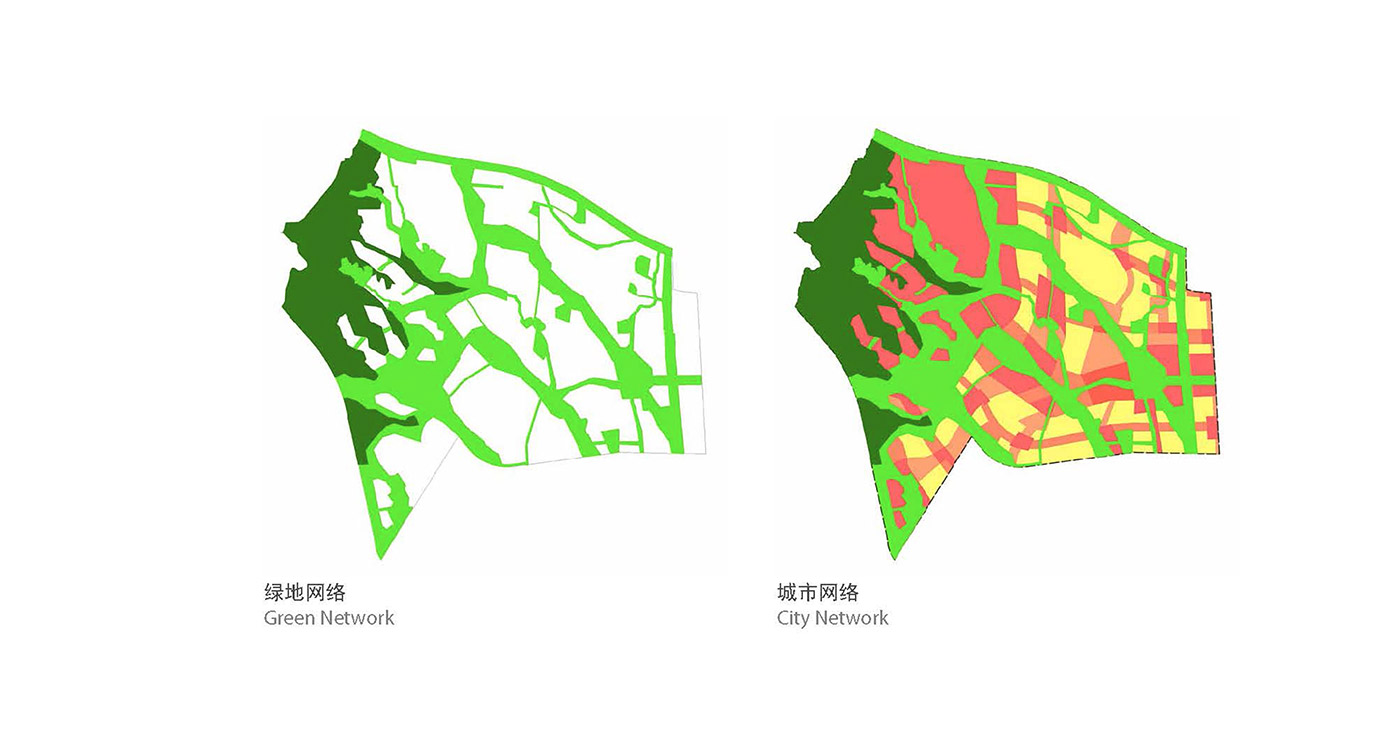


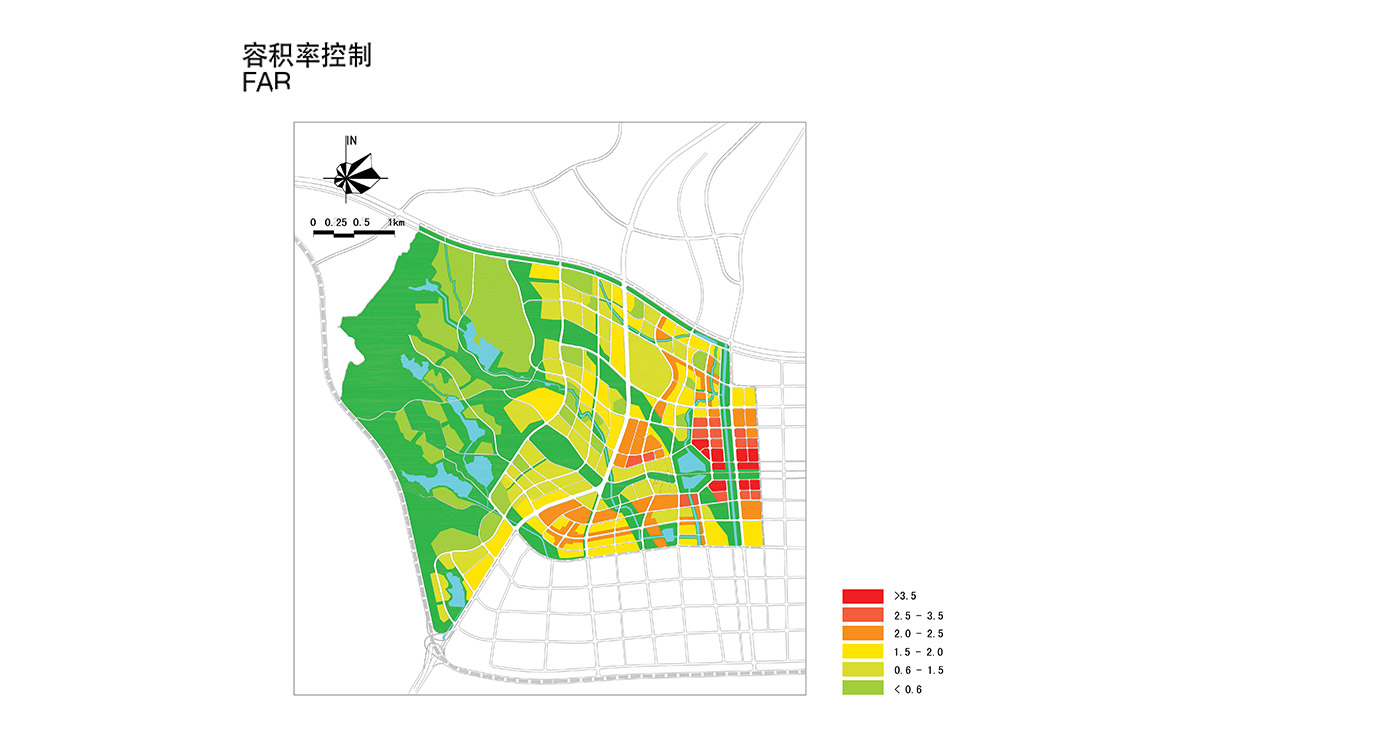
















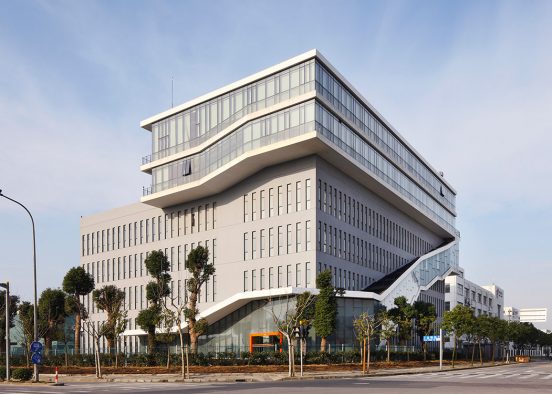

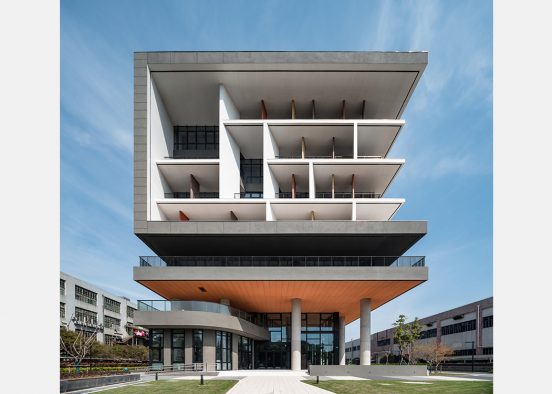



















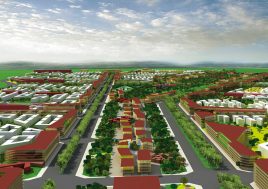
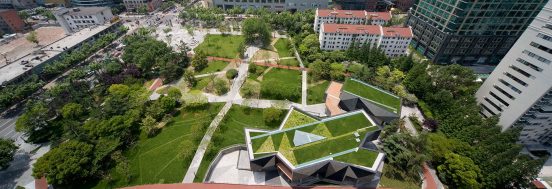




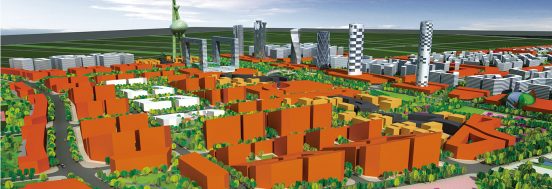







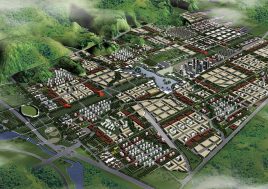


























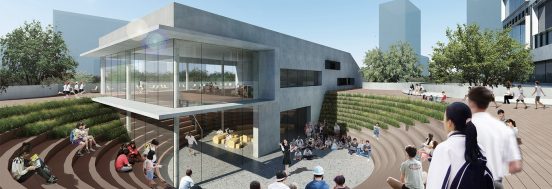















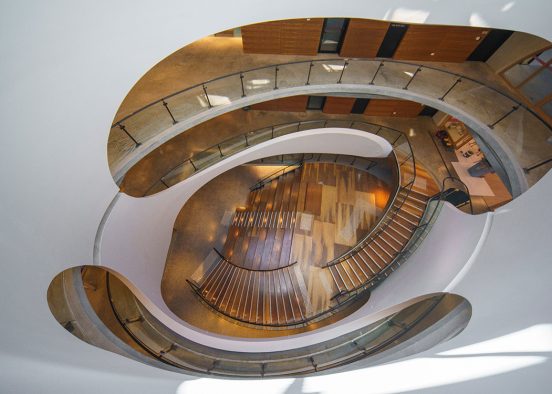










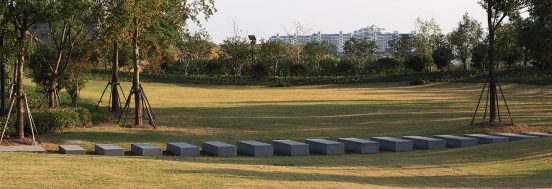
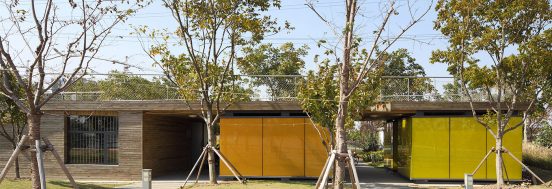
















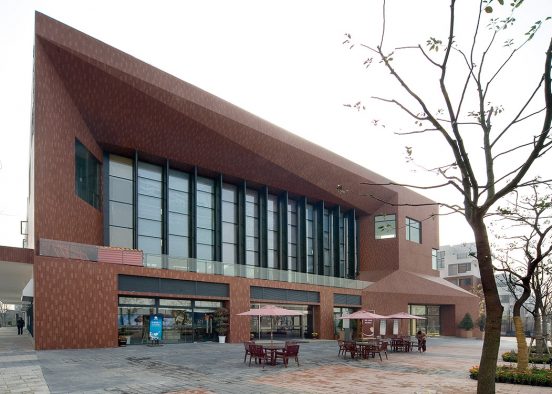
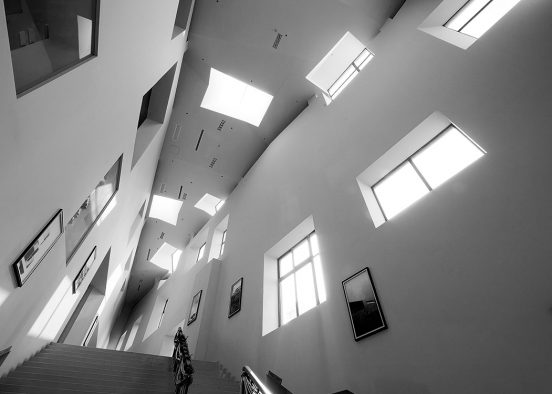
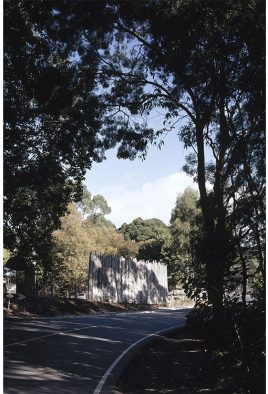
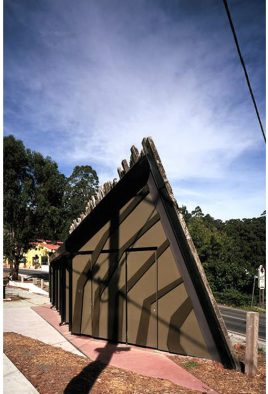









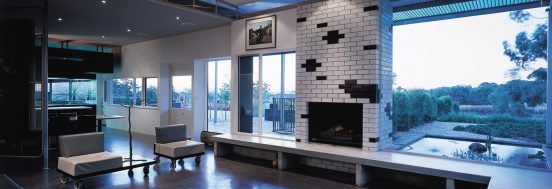







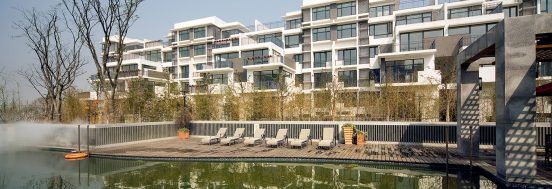







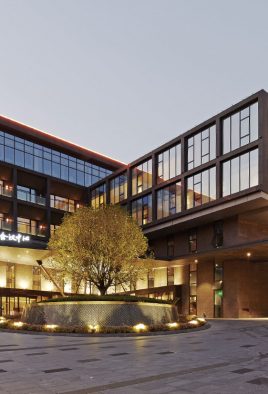






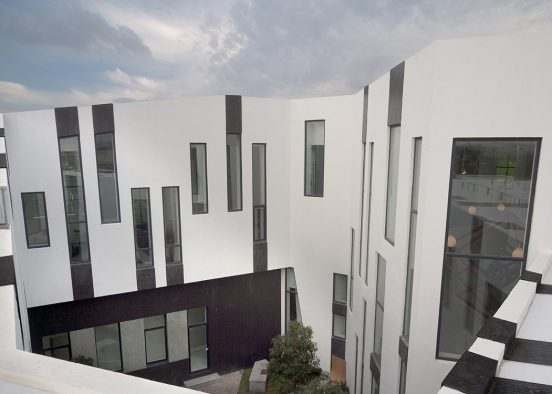









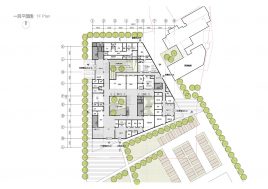


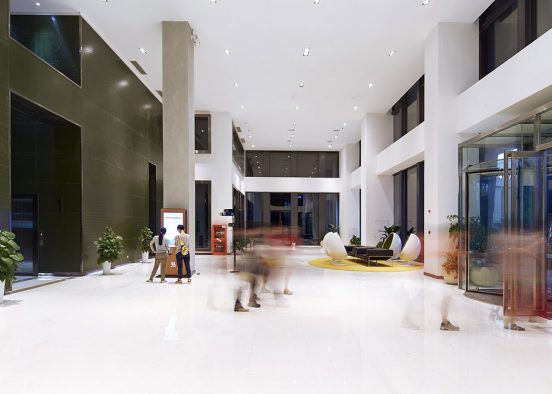







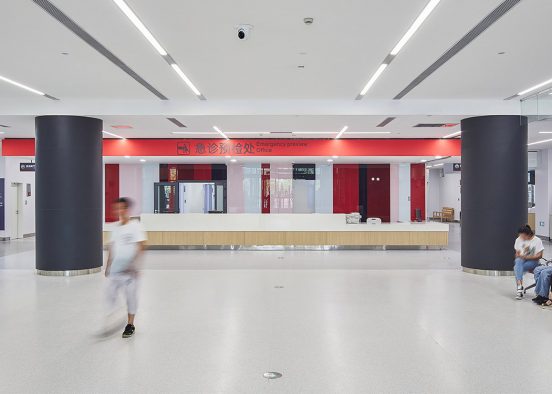



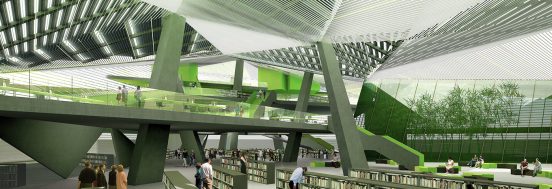















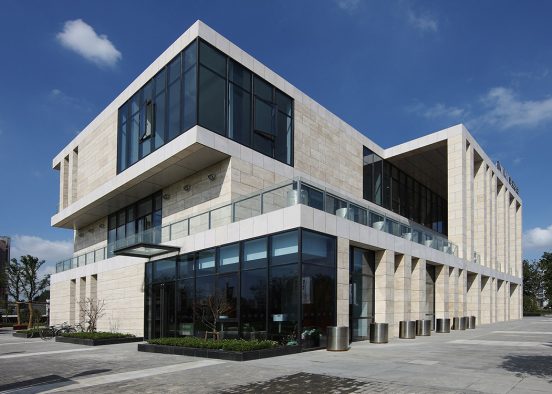












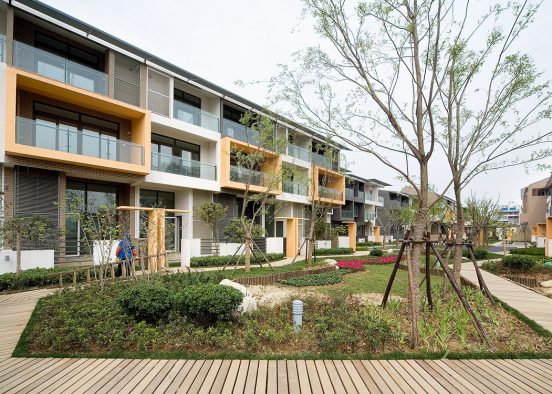
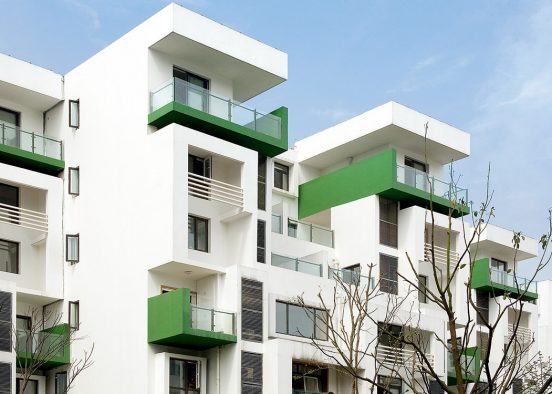








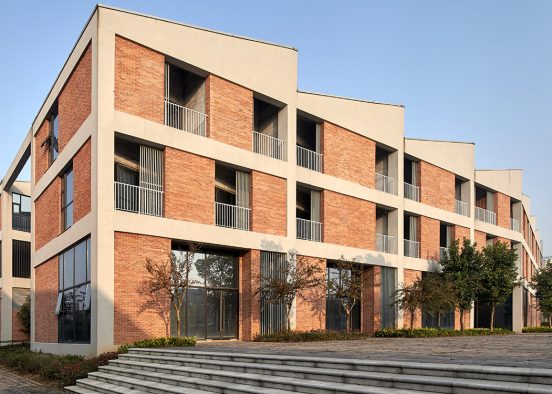




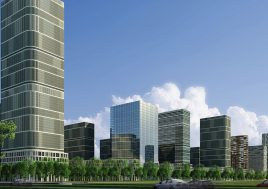



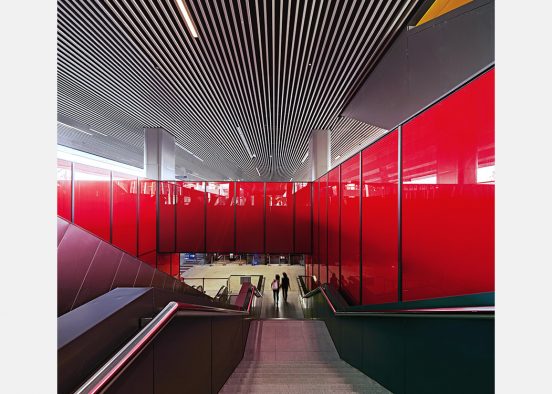


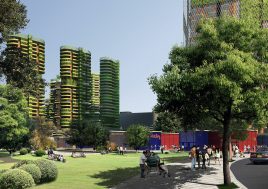







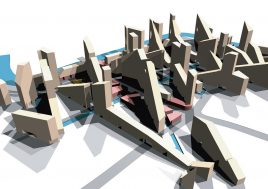







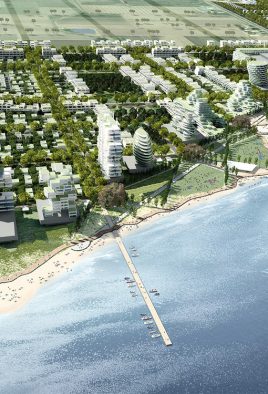




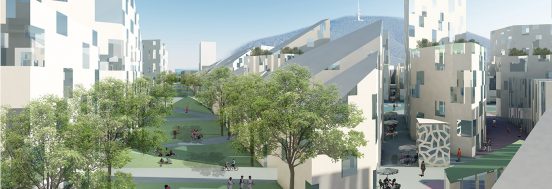






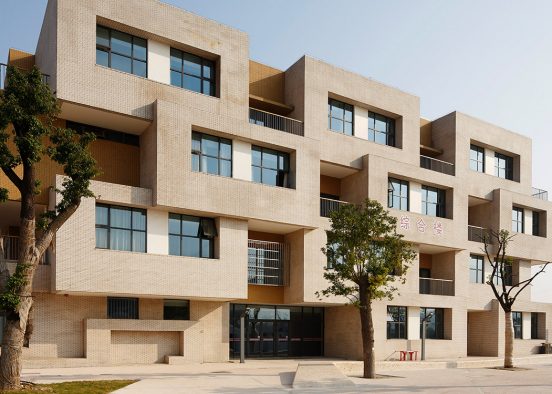



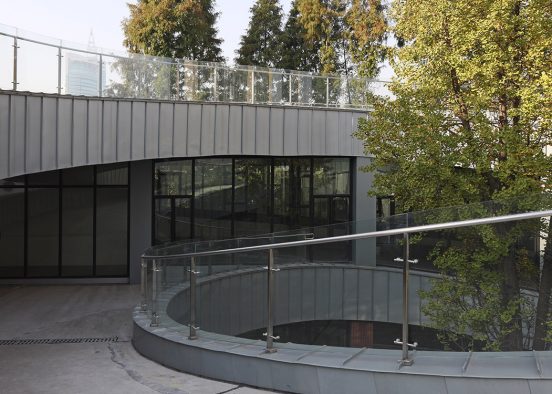
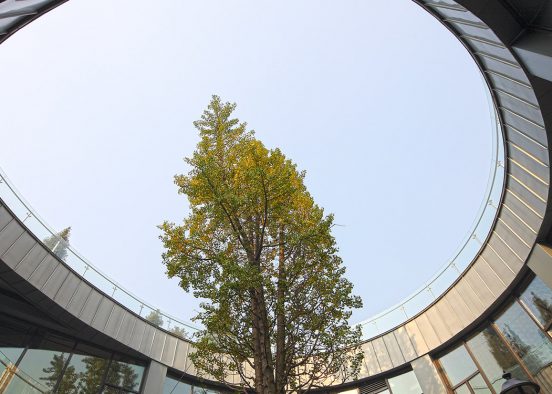




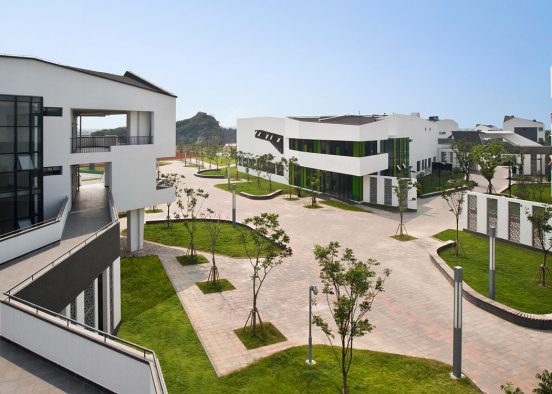



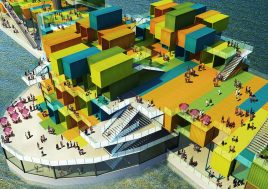














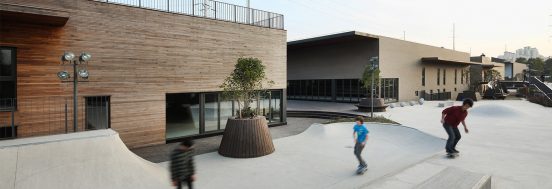




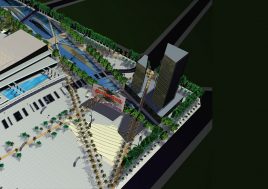

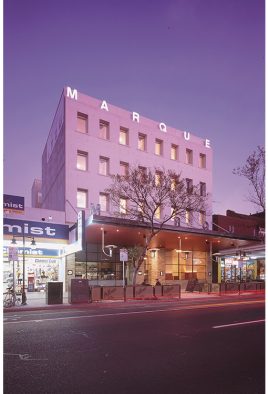





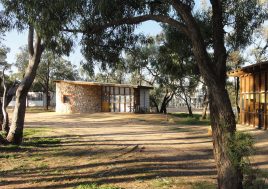







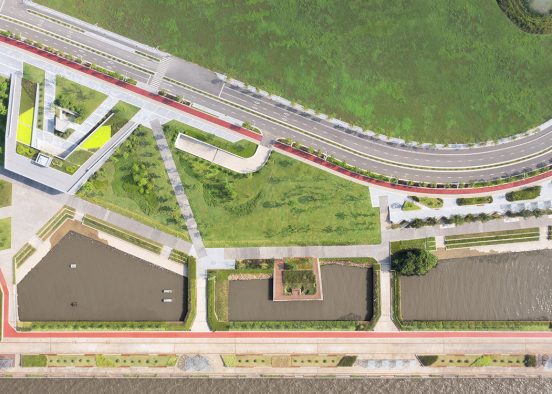





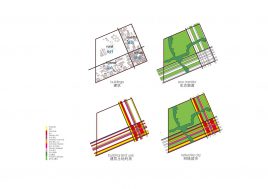



















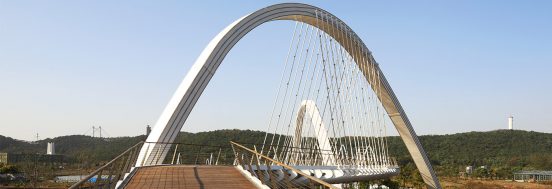










 Back to projects
Back to projects
